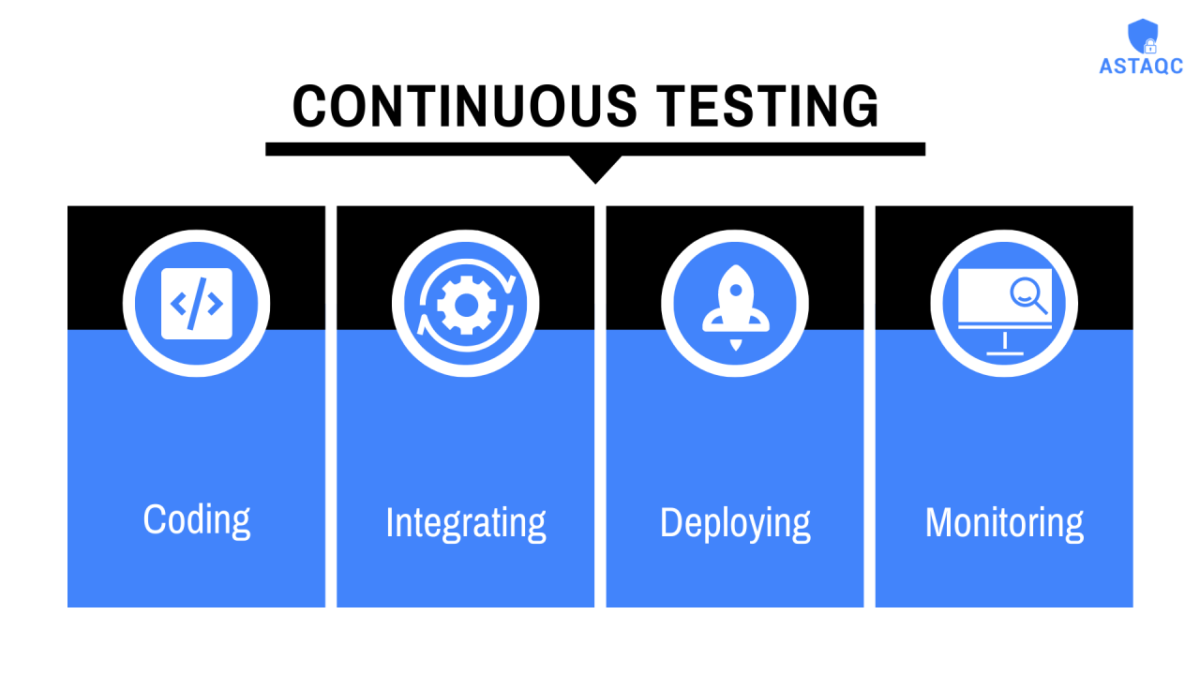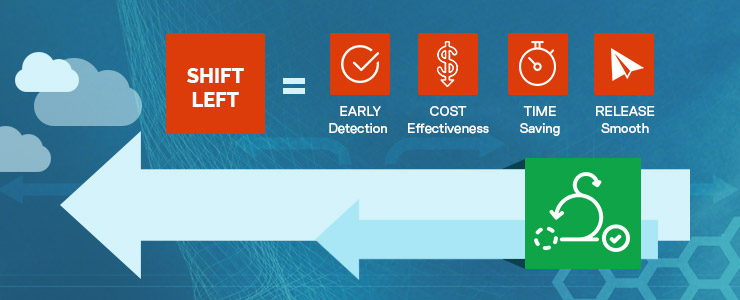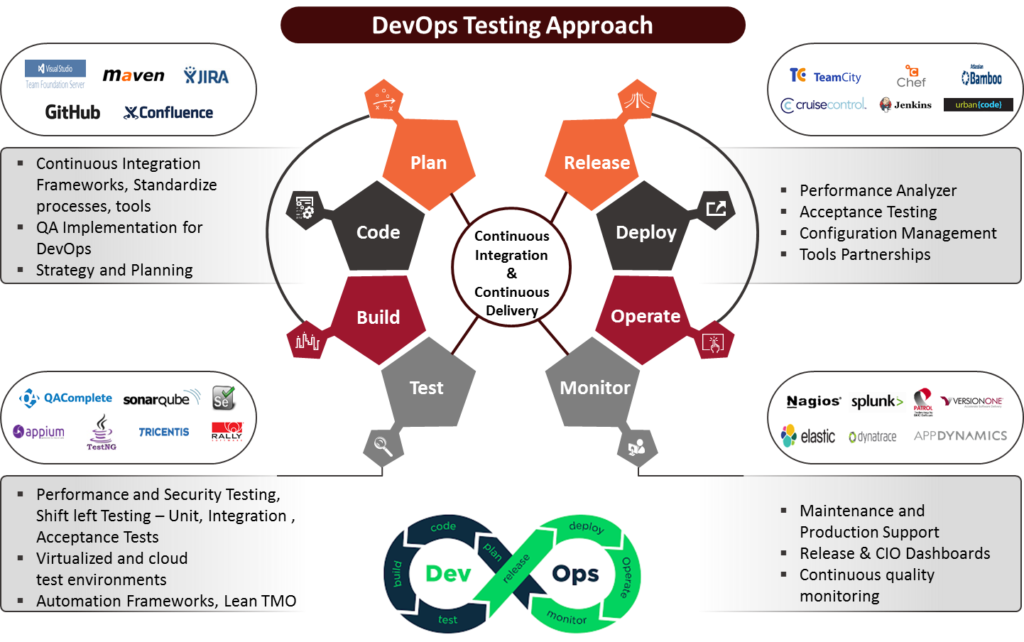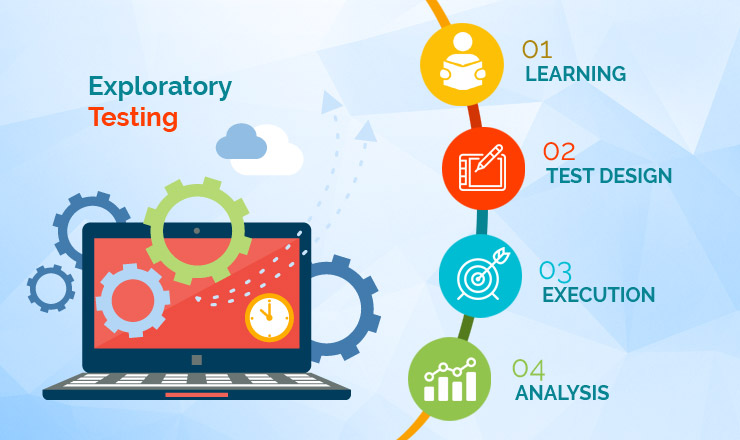
Change is the only constant –this is an often repeated adage. It is equally applicable to the software development cycle. In today’s competitive market where everyone is short on time. Clients and customers are impatient to get results. Business houses need to be able to capitalize on opportunities and deliver innovative solutions and business systems to stay ahead. The latest in the field is the concept of Agile software development to implement the principle of continuous testing and delivery over the traditional process. This system is based on the concept of implementing testing into the development cycle. Testing involves validating the basic requirements of the product and how it meets the user’s needs including all the system requirements and the final associated business goals.
Ways in which continuous testing can be implemented
Now that we have established the need for software testing, it is equally important to understand how a software development firm can expedite continuous testing and smooth the process. Subjectively speaking, continuous testing involves automated unit tests, control over the software version and the ability to integrate it with the server. There is testing software that helps expedite the process. Some of the commonly used ones include Jenkins, CircleCI, HP LeanFT etc. All these have their advantages and disadvantages and their use depends on the specific system that needs to be tested.
Testing in the times of continuous integration and delivery
The focus these days is on speeding up things. The combination of Agile practices and continuous integration and delivery have reduced the development life cycle. Continuous integration ensures that defects are detected and resolved early on. With continuous delivery, the whole process is taken a step further with the team constantly involved in updating and changing the system in conjunction with user feedback. In an ideal environment, it reduces time and cost and minimizes risks.
Continuous testing is the key to continuous delivery. It needs to be automated so that the existing development processes are seamlessly integrated into the system while the redundant processes can be excluded. On the part of the development team, the following should be made a part of the continuous testing process:
Advantages and drawbacks of continuous testing
The continuous testing process comprises a set of tests that have been specifically designed to assess the risks that are associated with the system to be released. There are many advantages apart from the fact that it ensures that both risk and defects are identified early on in the development process. This makes the process of eliminating them easy and quick. All aspects of the system need to be tested before it is released. However, it does not mean that all the tests should be run simultaneously but all the parts should be tested in the system.Environmental factors do not constrain the testing process. It uses data that is as close to the real-time environment in which the system has to finally function.
The biggest drawback of continuous testing is the time and money that is spent in setting up the system. The return on investment both time and money might not be beneficial to developers who make small apps meant for internal use. These kinds of software development processes take about 2 weeks and every time an update is created the previous one is discarded. So, it probably does not make sense to install but with CI the time frame would increase.
Continuous testing aims at getting the same results every time the process is repeated. The concept of continuous testing has been a part of the development process since the 1990s. The process has now evolved with growth in technology to suit the current requirements. The result is a far quicker testing process without any compromise on quality.
More Related Blog

What is “Shift Left”? 2024 Shift Left Testing Explained
Shift left testing is the practice where testing is introduced at the inception stage of software development. Here, the teams emphasize on prevention rather than detection and aim to enhance the overall quality of the software....
Read More
Agile and DevOps development Model is an Incremental Process (Updated JAN 2024)
Agile methodology is widely adopted in almost all the enterprises, its advantages and the agility it brings to software and product development process is widely recognized. Organizations are now on the path to adopt DevOps, which is a step in … Continue reading "Continuous Testing and Its Role in the Software Development Cycle"...
Read More
What is “Shift Left”? Shift Left Testing
What is shift left testing? Shift left testing is the practice where testing is introduced at the inception stage of a software development. Here, the teams emphasize on prevention rather than detection and aim to enhance the overall quality of … Continue reading "Continuous Testing and Its Role in the Software Development Cycle"...
Read More
